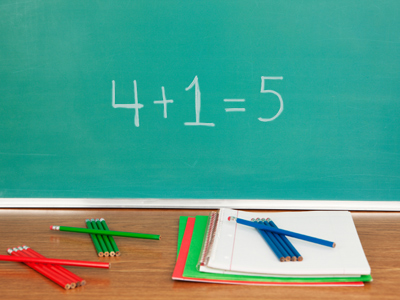
Checking Calculations with Inverse Operations
This Math quiz is called 'Checking Calculations with Inverse Operations' and it has been written by teachers to help you if you are studying the subject at elementary school. Playing educational quizzes is a fun way to learn if you are in the 1st or 2nd grade - aged 6 to 8.
It costs only $12.50 per month to play this quiz and over 3,500 others that help you with your school work. You can subscribe on the page at Join Us
In order to check a calculation, it is useful to know the inverse (or opposite) operation. For example, the inverse operation of addition is subtraction so to check 5 + 6 = 11, you could try 11 - 6 = 5 or 11 - 5 = 6. Another way of checking an addition calculation would be to add the numbers up in a different order - this of course does not work for subtraction!
Can you check the calculations by adding in a different order or by using the inverse operation?
10 + 3 + 3 + 4 or 10 + 4 + 3 + 3
Ready for more?
not all...
quizzers. Try to win a coveted spot on our Hall of Fame Page.







